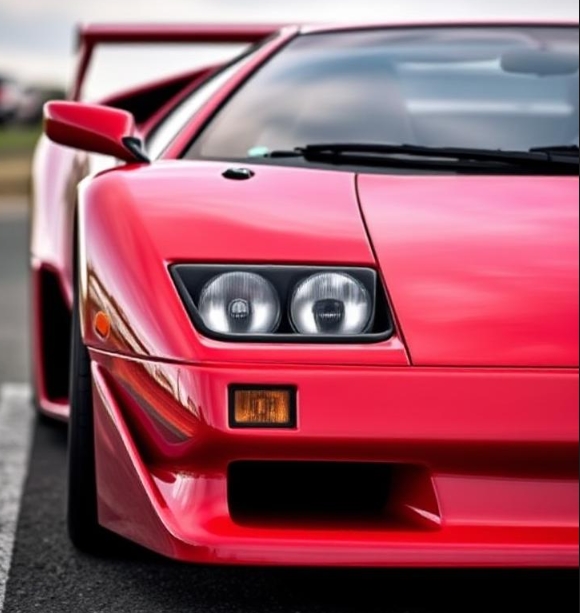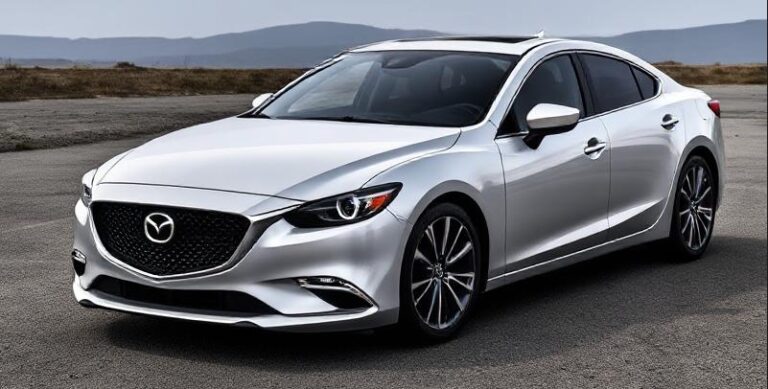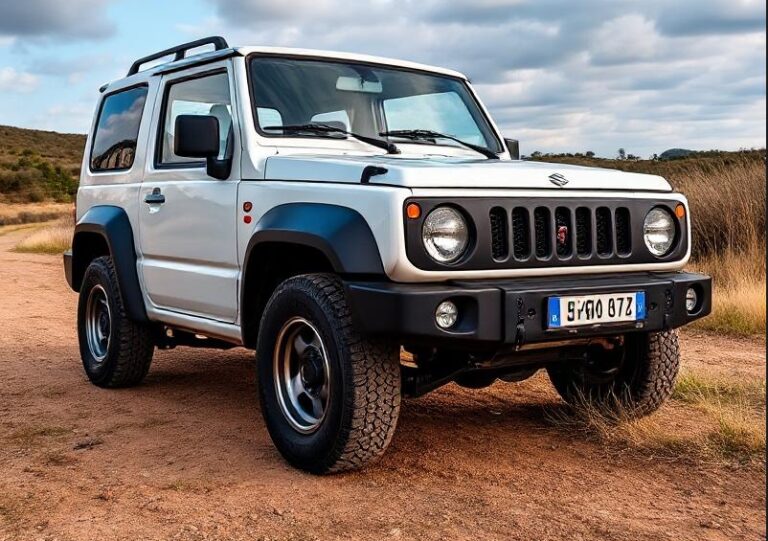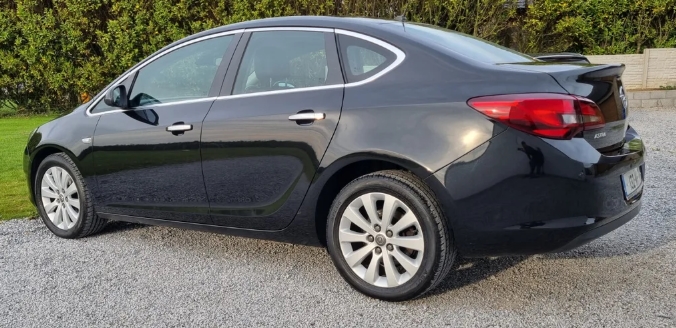The Evolution of the Dodge Spirit: A Comprehensive Overview
The Dodge Spirit, a mid-size sedan that made waves in the automotive world during the late 1980s and early 1990s, represents a significant chapter in Dodge’s storied history. Produced from 1989 to 1995, the Spirit was positioned as a reliable and affordable family car. This article delves into the evolution of the Dodge Spirit, highlighting its production years, trim levels, and the various models it encompassed.
Production Years
The Dodge Spirit was manufactured by Chrysler Corporation from 1989 until 1995. It was introduced as part of a significant redesign of Dodge’s midsize sedan offerings. The Spirit ultimately replaced the Dodge 600 and was built on the Chrysler A platform, which allowed for a wide range of configurations and options.
First Generation (1989-1992)
Introduction and Design:
The Dodge Spirit made its debut in 1989 alongside its corporate twin, the Chrysler Concorde. It was designed to deliver an affordable yet stylish alternative in the family sedan market. The Spirit showcased a modern design with a cohesive aerodynamic shape that appealed to a wide audience.
Trims and Models:
Initially, the Spirit was available in several trim levels:
- Base Model: The base model provided essential features for economy-minded buyers, focusing on practicality and reliable performance without frills.
- LE (Luxury Edition): The LE offered a number of upgrades over the base model, including improved interior materials, power accessories, and exterior enhancements, catering to customers looking for a more comfortable ride.
- ES (Executive Series): The ES trim brought in a sportier look and feel with added performance features, including a more powerful engine option and sport-themed accents, appealing to those who desired a more dynamic driving experience.
- R/T (Road/Track): Introduced later in the model’s life, the R/T variant was notable for its performance enhancements. It usually featured a turbocharged engine paired with sport-tuned suspension and specialized aesthetic upgrades, catering to enthusiasts looking for spirited performance.
Engines and Performance:
The Spirit offered a range of engine options throughout its first generation. The standard engine was a 2.5-liter four-cylinder, delivering a modest 100 horsepower. A more powerful 3.0-liter V6 engine was also available, generating around 141 horsepower. For the R/T variant, a turbocharged 2.2-liter four-cylinder engine reached up to approximately 200 horsepower, providing an exhilarating experience for both drivers and passengers.
Second Generation (1993-1995)
Facelift and Updated Features:
In 1993, the Dodge Spirit underwent a mid-cycle refresh that included updated front and rear styling, along with improvements in interior quality. The 1993-1995 models became more refined, boasting improved safety features and technology.
Trim Levels:
The range of trim levels was streamlined in the second generation while adding a few new features:
- Base Model: The base version now came with enhancements in basic comfort, including updated seating and more standard equipment.
- LE: The LE continued to be a favorite among families, featuring luxurious touches like a standard CD player and advanced audio systems in later models.
- ES: The ES remained for performance enthusiasts who appreciated its sporty handling and appearance.
- R/T: The R/T trim was retained as well, with a continued focus on performance. It boasted advanced features and an improved turbocharged engine option that delivered exceptional responsiveness and speed.
- Special Editions: In the final year of its production, special edition models were made available, often with unique paint colors, decals, and additional features. These special editions were designed to mark the end of the Spirit’s production cycle.
Engines and Performance:
During this second generation, the engine options remained relatively static, with the 2.5-liter four-cylinder and 3.0-liter V6 continuing to be popular choices. However, some adjustments were made to improve fuel efficiency and reduce emissions in compliance with new regulations.
.
THIS could come in handy for your auto garage (and everywhere else!).

.
Legacy and Impact
The Dodge Spirit played a significant role in the Chrysler lineup throughout the late 80s and early 90s. Known for its practicality and affordability, it garnered a loyal customer base. While it wasn’t the flashiest vehicle on the road, it was reliable, functional, and resonated well with many families navigating the demands of daily life.
Market Position:
Upon its release, the Dodge Spirit faced stiff competition from rivals such as the Honda Accord, Toyota Camry, and Ford Taurus. Its focus on affordability, convenience, and value for money helped it find a strong foothold, particularly in the North American market.
Popularity and Sales:
The Dodge Spirit achieved robust sales figures over its production run, particularly in the early 1990s. Its blend of practicality, affordability, and available options made it a popular choice, with annual sales reaching over 100,000 units in some years.
End of Production:
As the mid-1990s approached, Chrysler began to shift toward redesigning its sedan lineup. The Dodge Spirit was discontinued in 1995, giving way to the next generation of vehicles, including the Dodge Stratus, a model that would carry forward the Spirit’s legacy in a more contemporary form.
Conclusion
The Dodge Spirit holds a special place in automotive history. Its evolution from a basic, practical sedan to a model featuring diverse trim levels, performance options, and various market positioning showcases the development of the midsize sedan segment across the years. Though its name may not be as widely recognized today, the Spirit stands as a testament to the automotive industry’s shifting trends and consumer demands of the era. The vehicle remains fondly remembered by many who experienced its reliability and comfort.







